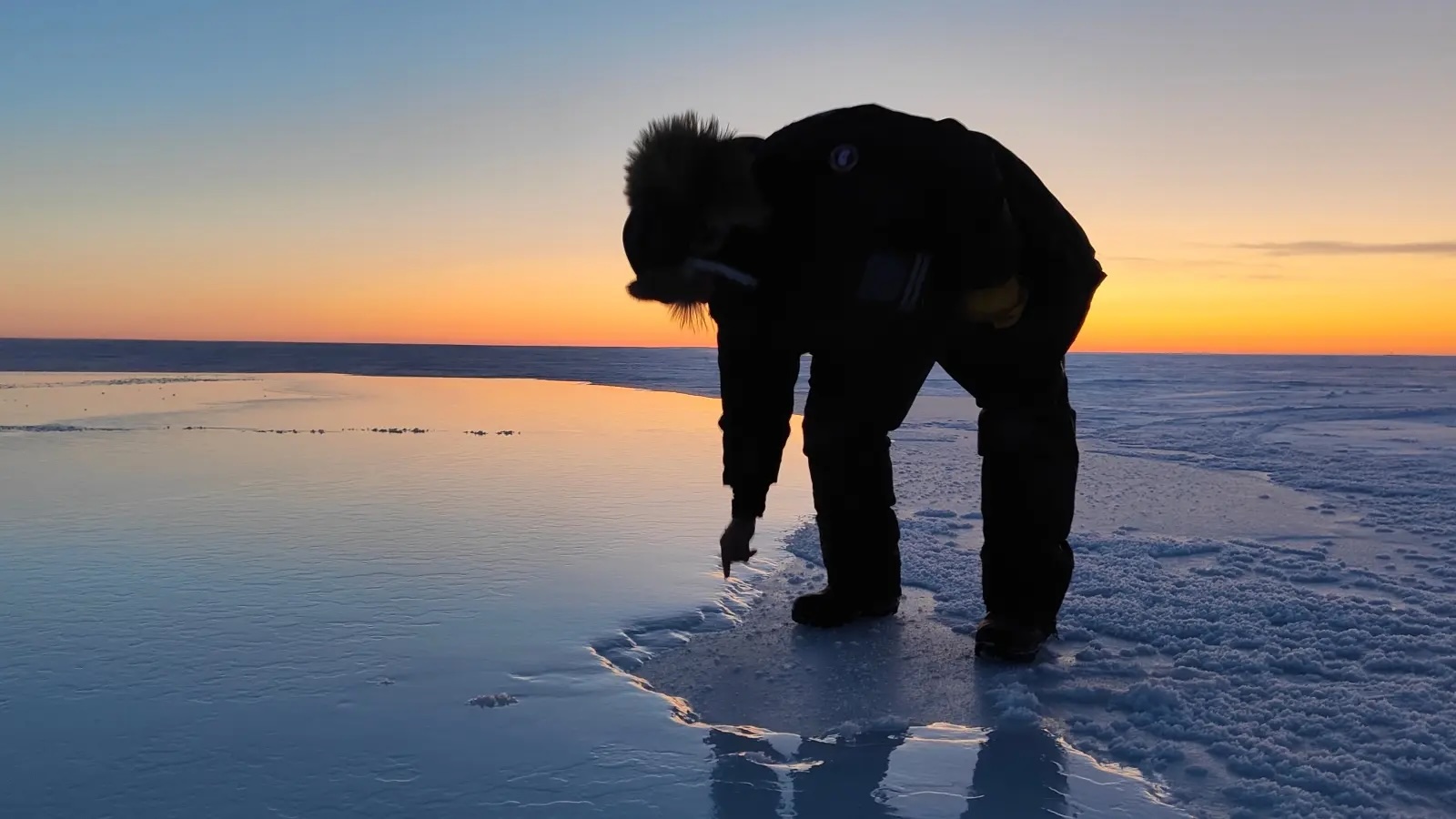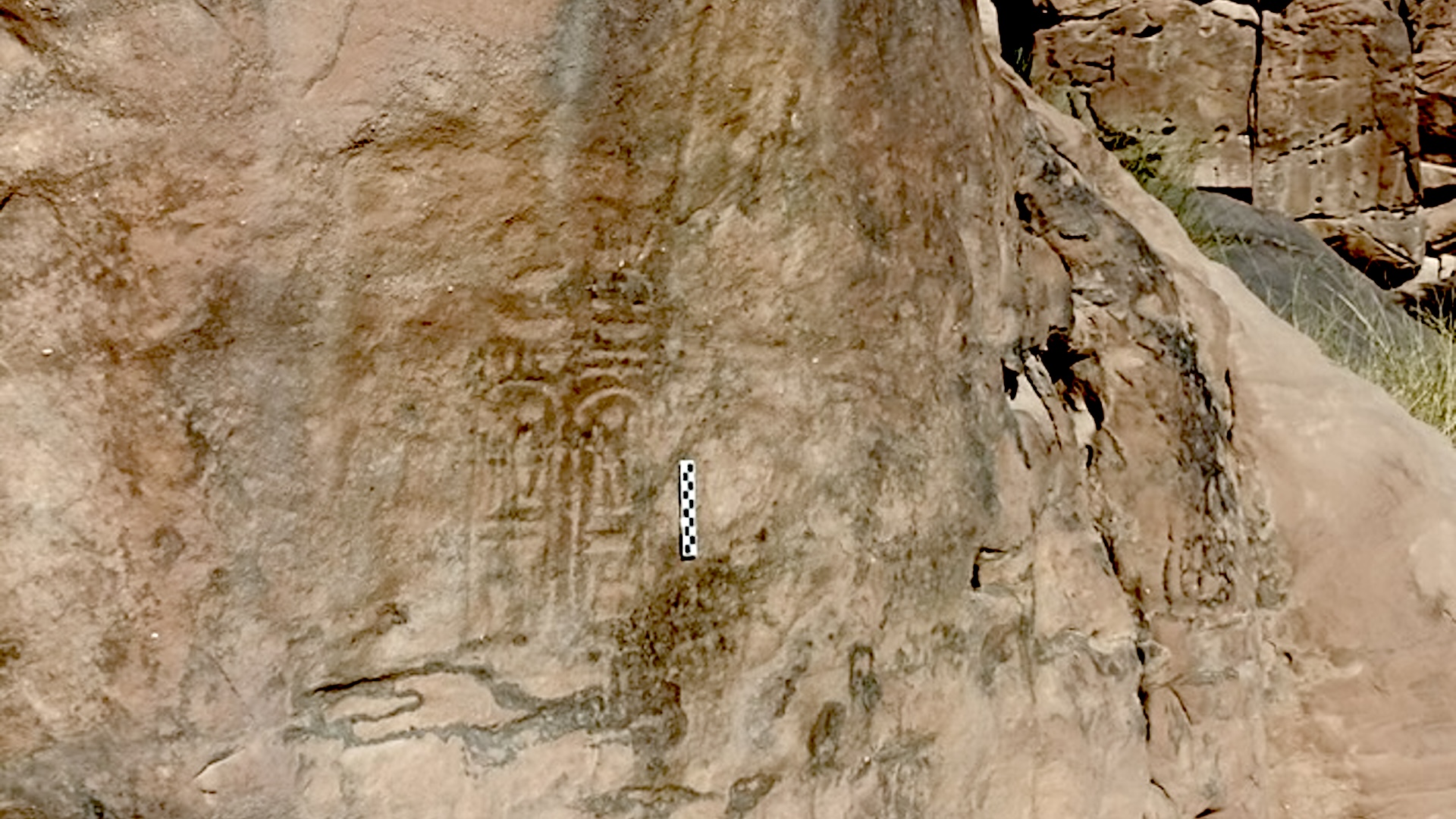Slow, Slushy Snow Makes Ski Wax Vital at Olympics

Near 60-degree temperatures at the Winter Olympics has turned at least one cross-country ski course into slush, forcing race officials to use stockpiles of snow from last winter and rock salt to make emergency repairs.
It also means that a little-appreciated element of ski racing, the wax job, may prove the difference between going for gold and going home early.
"It's like summer," Dave Jarrett, head coach of the U.S. Nordic Combined team told Discovery News from the RusSki Gorki Jumping Center in Sochi. "It's not what you normally have at a ski race."
Photos: Misfits Of The Winter Olympics
Already, training for some Alpine ski events have been postponed, ski jumpers have complained about mushy and dangerous landing zones, while three top cross-country skiers wiped out on a treacherous downhill section of Tuesday's men's sprint final.
To combat the meltdown, Sochi event organizers are spreading rock salt on some tracks at night, and using a special machine that works at above-freezing temperatures to produce snow the consistency of a Slurpee.
For Jarrett and other ski team coaches, choosing the right ski wax has become even more important. In the cross-country disciplines, some waxes are designed to help the ski glide (applied under the tips and tails of the ski), while others offer grip and allow racers in classic events to climb hills (put under the mid-section).
Alpine racers use wax to speed through flatter parts of the course, while snowboarders are now using wax to get more speed and get higher jumps.
Sign up for the Live Science daily newsletter now
Get the world’s most fascinating discoveries delivered straight to your inbox.
Olympics: How U.S. Athletes Fool their Bodies
There are also different ski surfaces that are produced with a machine-ground stone. Over the years, waxes have evolved to include special fluorocarbon powders, sprays and rub-on material that increase the gliding ability of the ski. Thousands of combinations of wax, powders, liquids, gels, sprays and ski grinds are available to competitors.
"The wetter the snow, the more fluorocarbon," said Andrew Gardner, North American spokesman for Swix, a Norwegian ski wax company.
Gardner explained that fluorocarbons channel and remove the water from the ski, and have some anti-static properties that cut down on friction with the snow surface. The problem is that fluorocarbons are difficult to apply, requiring technicians to don masks, gloves and some kind of external ventilation.
"It's a heavy duty," Gardner said. "But the result of skiing on a ski with fluorocarbon is unbelievable."
Mixing ski wax is as much an art as a science, Gardner said. Swix's online technical manual is 72 pages long, while the company offers 47 how-to videos for different wax and ski combinations.
In countries where cross-country skiing is a national sport (think Norway, Sweden, Germany, Russia), ski wax technicians pull up in customized semi-truck trailers to prepare hundreds of skis, each with a different wax combinations. The U.S. team, however, is working out of a smaller van and tent.
"What it comes down to is the resources," Jarrett said. "Not to buy the waxes, but to have large numbers of people testing. The more people you have, the more combinations of wax you can test."
U.S. Olympic Team Gets BMW Bobsleds
Rival nations keep their ski wax recipes secret, blacking out windows of vehicles or buildings where they prepare skis.
"I know how to wax, but it's gotten to be technological warfare," said Billy Demong, a U.S. skier in the Nordic Combined event, which mixes ski jumping and cross-country skiing. Demong says he relies on his ski technicians to make the right call.
On Wednesday morning, Demong will take the starting line along with 75 other competitors, hoping to defend his Olympic gold medal from the 2010 Vancouver Games. While all skiers face the same conditions, some don't adapt to wetter, heavier snow as well as others. Nordic combined coach Jarrett said a slower course will thin out the field and make it harder for some racers to stay in contention.
"They will be fine," Jarrett said about his four American racers. 'It's just dirty and warm."
This story was provided by Discovery News.









